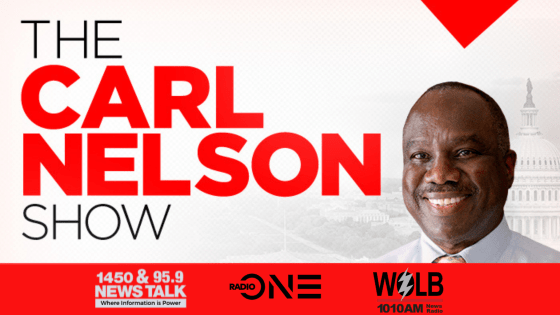I had the honor to interview Isaac Newton Farris, Jr., the esteemed nephew of Dr. King, on my radio show The Reading Circle with Marc Medley and during our discussion, the subject of the use of nonviolent resistance/civil disobedience for our current challenges came up (listen to the interview in it's entirety below). Both Isaac and I agreed that the strategies, tactics, and techniques used by Gandhi and King became the methodology for so many other major movements such as the continued fight for women's and Lesbian, Gay, Bisexual, Transgender (LGBT) rights. Protest marches are quite common as disgruntled and dissatisfied citizens exercise their right to have their voices heard. We've seen the creation of Black Lives Matter and other groups who attempt to use nonviolent resistance only to end up actually inciting violence, the very thing the protest was seeking to avoid. Violence only begets violence even in a "non-violent" protest.
During my conversation with Mr. Farris we both agreed that Nonviolent Resistance and the proper execution of it is still the way to go in 2017. I say proper execution because it is in the improper or unorganized implementation of the methodology where we actually do more harm than good. We discussed how all of Dr. King's demonstrations were planned, well thought out, and organized. Nothing was left to chance. The marches and protests were just not a group of angry people getting together to retaliate against the injustice. We also reiterated how nonviolent resistance takes much more strength and discipline than striking back. It's easy to strike back when you have been struck, but it takes a lot more courage to react in a peaceful manner. We must be very clear that reacting in a peaceful manner does not equate to being "soft." As I just mentioned, it is anything but being soft.
Lastly, and this is the reason for this post, we said that we were going to do all that we can to help people understand that nonviolent resistance is still relevant and needed today and how important it is for the methodology to be executed with fidelity. We cannot be running wild, rioting, looting and fighting under the guise of nonviolent resistance. I shared with Mr. Farris that I would be writing this post today and we are going to keep in touch to see how we can keep the "Kingnisian" philosophy on nonviolent resistance alive. Consider this post my first step.
Something to critically think about. Hear me live around the world each Saturday from 6-9 a.m. ET on gobrave.org and locally in northern New Jersey communities on FM Radio WP88.7 FM. You are also invited to follow me on Twitter @thinkcritical01 and @readingcircle01 and visit my website at www.thereadingcircle01.com



















.jpg)


